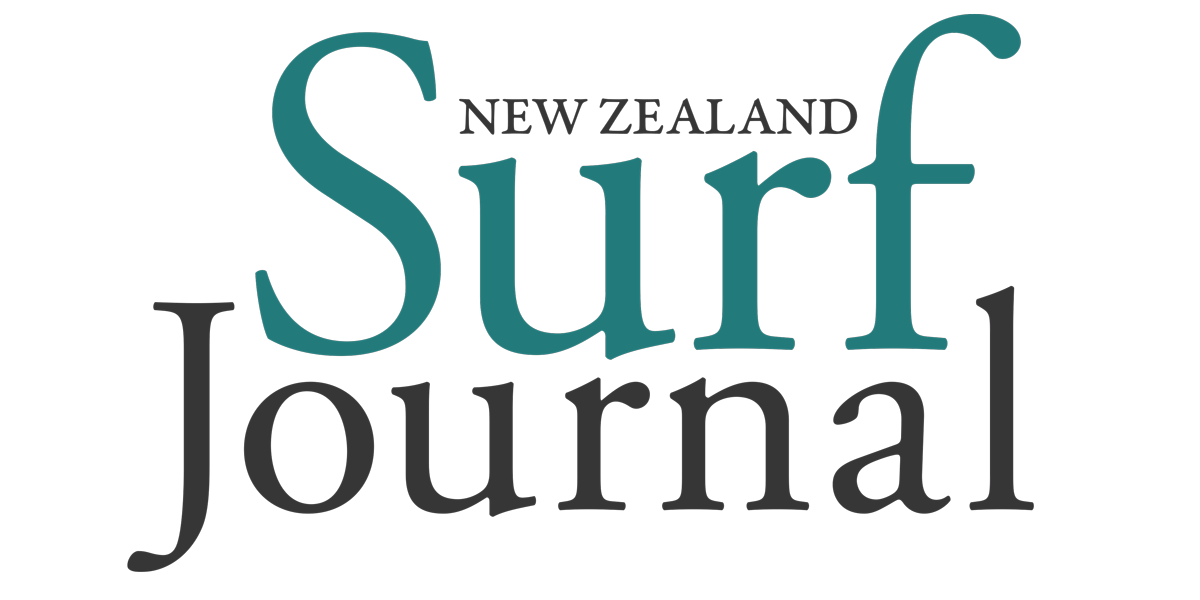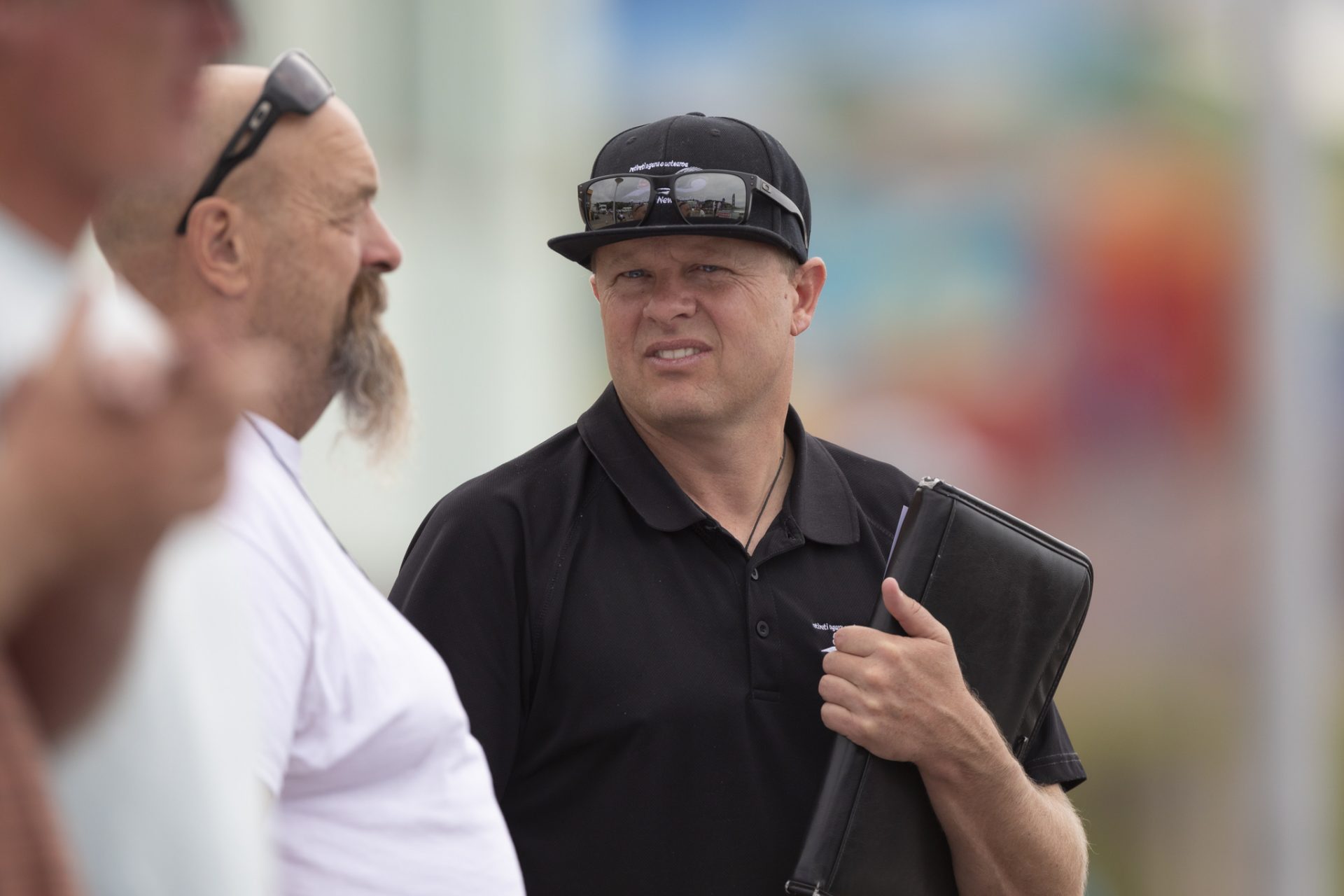New Zealand Surf Journal catches up with Surfing New Zealand’s Ben Kennings to discuss broken backs, new constitutions, the Olympic pathway and to find out what he’d do if he had full control of the sport and no resource limitations.
The top role at Surfing New Zealand is certainly not an easy one. Especially when the sport you love and represent has left you recovering from a broken back. But for 45-year-old Ben Kennings that’s just another bump in the road for him to navigate as he drives the sport of surfing forward in New Zealand.
“I broke my back surfing in May and I am four months deep into recovery,” he shares. “Unfortunately I went over the falls on a head high wave … go figure? It was low tide on a local bar and I think I just fell through the barrel when it sucked out a bit. It was super shallow. Depending on how everything goes, I’ll have 2-5 months away from surfing in some fashion.”
“The break wasn’t super bad – a wedge compression fracture of the T12 at 30 percent. However, combined with ruptured ligaments, it was too unstable to heal by itself so I had to have surgery and some temporary metal-ware put in.”
“I broke my back surfing in May and I am four months deep into recovery. I went over the falls on a head high wave … it was low tide on a local bar and I think I just fell through the barrel when it sucked out a bit. It was super shallow.”
In between winter snowboarding trips to Ruapehu with the family (where Ben watched from the café), Ben’s spent some of his recovery working on a new constitution for Surfing New Zealand.
“The new constitution replaces our old rules, which had been in place since 2008 – hence the need to update to meet current best practice and regulations,” Ben explains. “The main changes include the additional focus of well-being and environment in the objectives. Governance wise, there is a change from five board members to eight. The eight board members comprise four elected and four appointed as well as a kaitiaki/patron.”
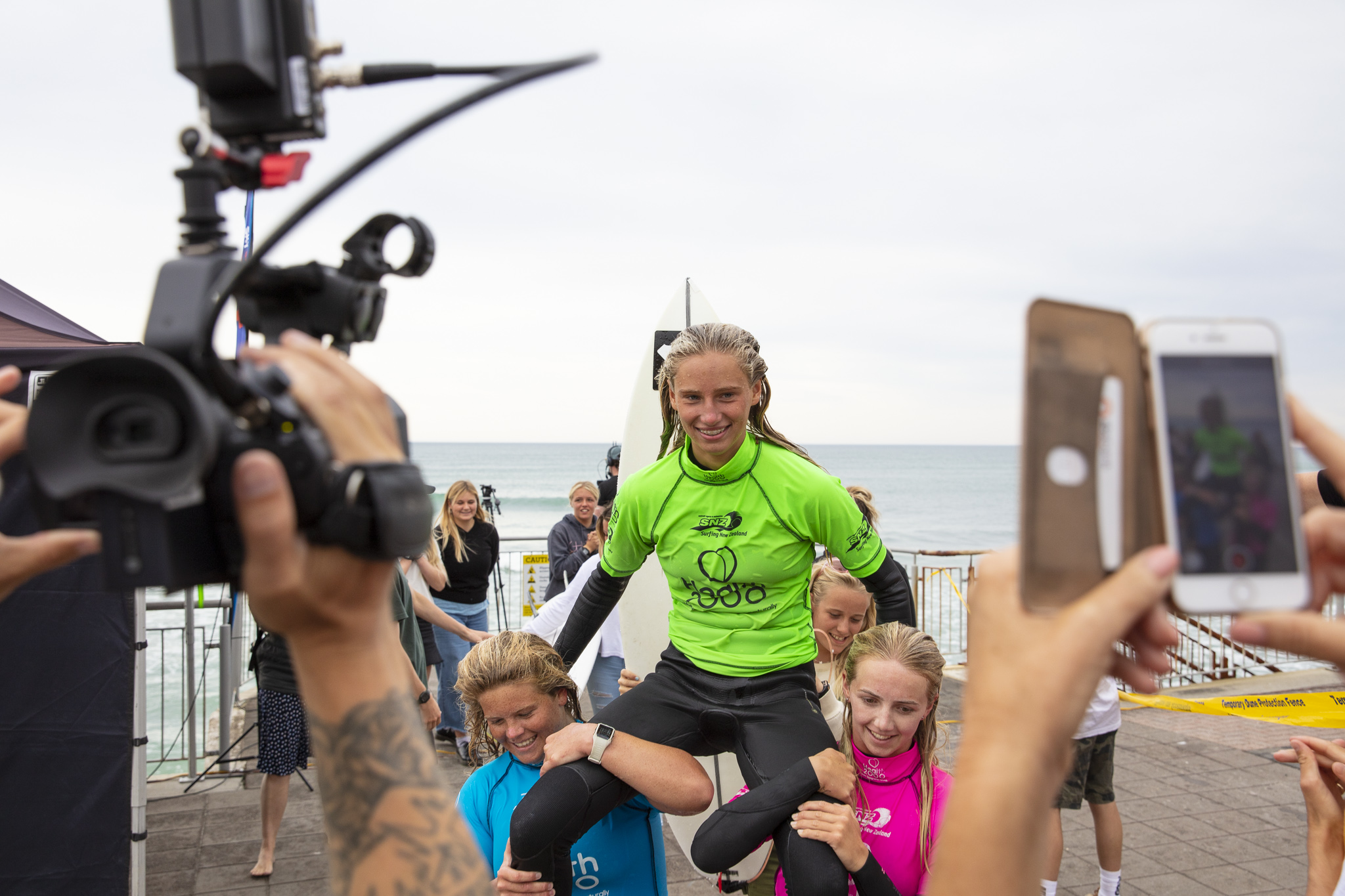
Ben said the changes were a positive step forward for the organisation.
I ask him about the work that’s been done to help our Olympic hopefuls and the new generation of surfers coming through and whether that’s a key focus now with surfing in the Olympics through until at least France 2024.
“Inclusion in Olympics has some massive upsides for the sport,” he begins. “The profile and opportunities for the sport and individual athletes have significantly increased. Olympic recognition also opens up partnerships with the New Zealand Olympic Committee (NZOC), International Olympic Committee (IOC) and High Performance Sport New Zealand (HPSNZ).”
Ben said athletes were starting to see these benefits through HPSNZ funding and also through Surfing New Zealand (SNZ) having secured Olympic Solidarity Funding via the NZOC for the past three years.
“This funding has led to high performance camps and also development of our coaches and officials which helps support a wider pool of surfers,” Ben explains. “Ultimately, it is now up to Surfing New Zealand to leverage Olympic inclusion and these partnerships to benefit the surfing community.”
One such camp takes place in the coming weeks at Mount Maunganui with selected coaches being invited to upskill along an Olympic coaching pathway. Such a course is designed to bring elite level coaching to the regions and filter it right the way down from the very best athletes to those emerging through the ranks at a regional level.
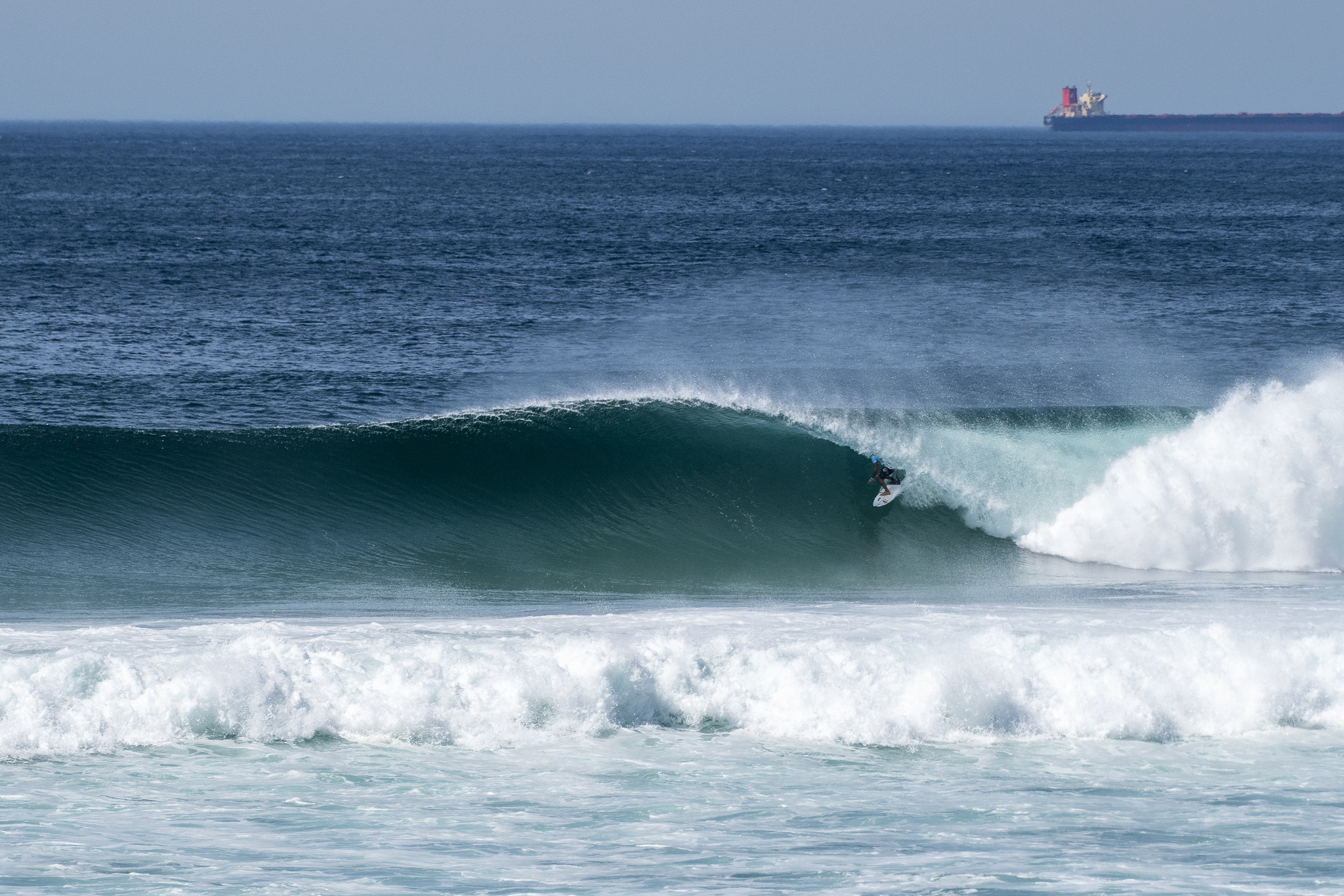
Grassroots surfing in New Zealand is still in the mix.
“We continue to develop our domestic surfing events in New Zealand with 15 national events held each year,” adds Ben. “In 2021, our focus is on ensuring these events go ahead in the current climate. We are also creating a final qualification event that provides the top surfers with a season-end goal.”
Ben said Surfing New Zealand was also aiming to expand domestic opportunities with some more regionally and participation focused events.
“This gives the surfing community the chance to participate in their own backyard without having to travel extensively,” he acknowledges. “Below our events, we continue to evolve our Wave Warriors Learn to Surf Programme and roll that out in targeted regions.”
There is no question that Surfing New Zealand has faced challenges with the biggest players in the surfing industry retracting, firstly to Australia, and then to USA in the past few years.
“Changes within the surf industry do impact our organisation and the marketing spend going back into the sport and toward New Zealand surfers,” concedes Ben. “However, that is out of our control. What we can do is put our best foot forward and show how brands can benefit from being involved within the New Zealand surfing community and how that provides benefits that international marketing cannot provide. We also have to look beyond the surfing industry for sponsorship and the changes have required us to think laterally when it comes to sponsorship and partners for Surfing New Zealand.”
“Changes within the surf industry do impact our organisation and the marketing spend going back into the sport and toward New Zealand surfers. However, that is out of our control. What we can do is put our best foot forward and show how brands can benefit from being involved within the New Zealand surfing community and how that provides benefits that international marketing cannot provide.”
Ben said Olympic validation was changing mainstream media’s attitude toward surfing in New Zealand.
“We have seen both Billy Stairmand and Ella Williams profiled by the NZOC,” he offers. “That includes team uniform fashion shows, articles in the media, profiles and use of surfing as a sport in much of their marketing collateral. The NZOC has been blown away by the ease at which they can deal with our surfers and this has helped immensely. Hence there has been positive change occurring already and that will continue. As an organisation, if we can feed the media with content, they are likely to use it.”
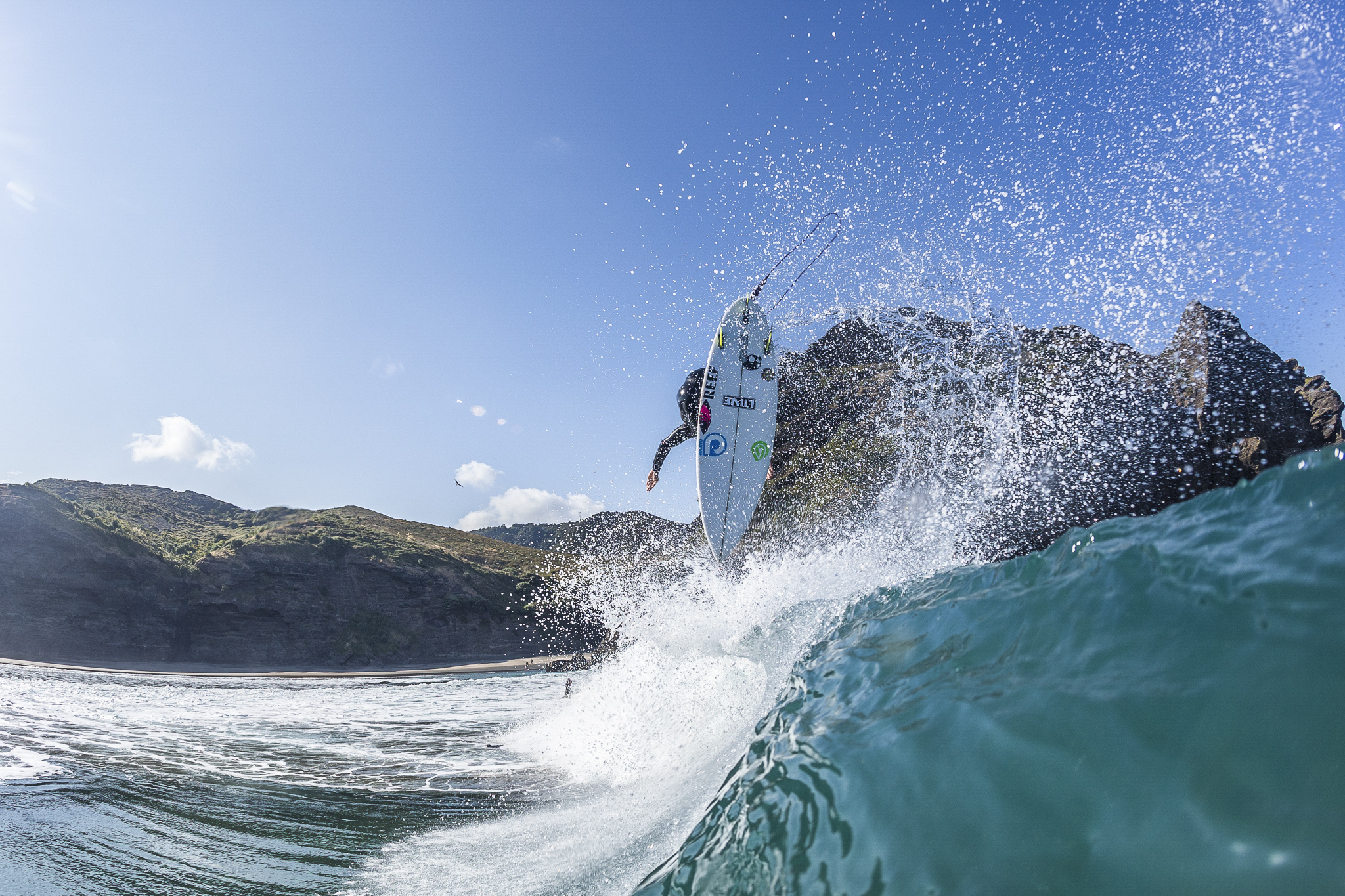
Finally, I ask him cheekily, if there were no financial or resource limits to Surfing New Zealand budgets what three things would he implement today?
“How long is a piece of string?” he laughs. “Firstly, I’d showcase our sport and share our love of surfing so that more youngsters can feel that stoke we all do. Then I’d create more robust programmes to develop athletes, including bigger and better domestic and international events. Finally, I’d develop new programmes around well-being and the environment.”
One thing is certain: 2020 has thrown the world a gigantic curve ball with Covid-19. There is no new normal, but it’s nice to see that the team at the helm of Surfing New Zealand are striving for something better.
